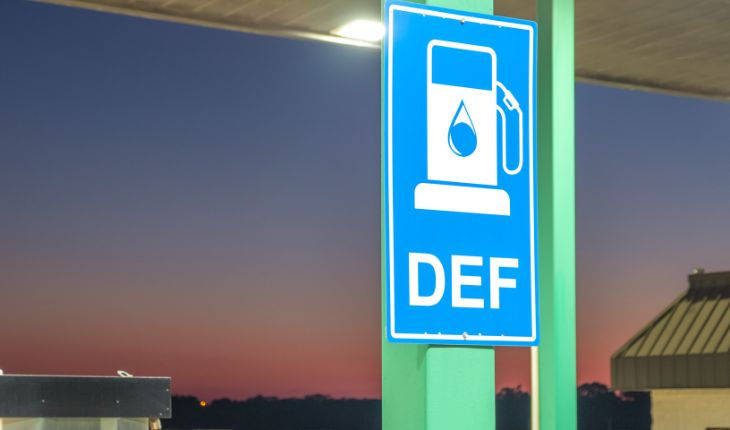Wires and Cables: The Lifelines of Modern Infrastructure
- Sophia Grace
- Apr 23
- 3 min read

From lighting up homes to powering entire cities, from transmitting data across continents to enabling life-saving medical equipment—wires and cables are the unsung heroes of modern civilization. These simple-looking components form the invisible web that connects, energizes, and sustains nearly every aspect of our lives. Whether it’s electricity, communication, or control systems, it all starts and ends with the right wire or cable doing its job quietly behind walls, underground tunnels, ocean beds, or high above on utility poles.
Yet, despite their essential nature, the complexity behind wires and cables is often underestimated. They vary not only in material and construction but also in performance characteristics, durability, and application suitability. Understanding the nuances of wires and cables is not just for electricians or engineers—it’s valuable knowledge for anyone involved in design, construction, technology, or even simple home improvements.
The Anatomy of a Wire or Cable
At their core, wires and cables serve to carry electrical power or signals. A wire is typically a single conductor, while a cable consists of multiple conductors bundled together, often insulated separately and protected with additional layers for mechanical strength, thermal stability, or shielding.
Different materials are used based on the application: copper for its high conductivity and flexibility, aluminum for cost efficiency and weight savings, and even fiber optic strands for high-speed data transmission. Insulation and sheathing materials also vary—ranging from PVC and XLPE to rubber and Teflon—each with specific advantages related to temperature resistance, flame retardancy, and environmental protection.
A cable’s performance depends on many factors, including its current-carrying capacity, resistance, voltage rating, and flexibility. For this reason, cables are meticulously designed and standardized across industries, especially in critical fields like aerospace, marine, medical, and industrial automation.
India’s Wire and Cable Landscape: A Growing Network of Needs
In the context of India, wires and cables are at the heart of an infrastructure revolution. With rapid urbanization, rural electrification drives, and major government initiatives like Smart Cities and Digital India, the demand for robust electrical and data networks is immense. India’s unique climate and geography also impose stringent performance demands—cables must withstand extreme heat in the north, humidity in the south, and salinity in coastal regions.
Additionally, safety concerns are paramount in India’s densely populated urban areas. There is a growing emphasis on fire-retardant, low-smoke halogen-free cables, particularly in multi-story buildings, hospitals, and transit systems. In rural electrification, durability and minimal maintenance needs are critical, as accessibility is limited and environmental wear is high.
India’s telecom boom and renewable energy expansion further accelerate the demand for high-performance cables—whether it’s fiber optics for internet penetration or UV-resistant cables for solar installations. The Indian wire and cable ecosystem is no longer just about volume—it’s about quality, innovation, and resilience under diverse operating conditions.
Wires and Cables Across the Globe: Regional Insights
Different regions of the world prioritize different cable characteristics based on climate, infrastructure development, and energy policies. In colder regions like Northern Europe and Canada, cables require enhanced insulation and frost resistance. Underground cables are commonly used in these areas to avoid weather-related disruptions. In contrast, Middle Eastern countries demand heat-resistant and sand-dust proof cables, often incorporating additional UV protection due to high solar exposure.
In Southeast Asia, frequent rainfall and high humidity mean waterproofing and fungal resistance are essential. Japan, with its high seismic activity, uses cables engineered for flexibility and vibration resistance, especially in buildings and public infrastructure.
Meanwhile, in North America and Western Europe, there is a growing trend toward sustainable cabling solutions, including recyclable insulation materials and energy-efficient transmission lines. The push for smart grids and green buildings has brought advanced cable technologies into the spotlight—integrating data transmission, monitoring, and power delivery into unified solutions.
Future-Ready Cabling: Innovation Meets Infrastructure
As technology evolves, so too must the wires and cables that support it. With the rise of electric vehicles, renewable energy, and smart cities, the cable industry is being challenged to deliver smarter, more durable, and multi-functional products. High-voltage direct current (HVDC) cables are enabling long-distance power transmission with minimal loss. Fiber-optic hybrid cables are carrying power and data in a single sheath, perfect for compact and connected devices.
Even at home, the emergence of the Internet of Things (IoT) is shifting cabling needs. Houses now need structured cabling systems that support not only power but high-speed communication between appliances, security systems, and entertainment devices.
In industrial settings, cables are being embedded with sensors that can detect strain, overheating, or potential failure points—turning passive components into active players in predictive maintenance and operational efficiency.









Comments